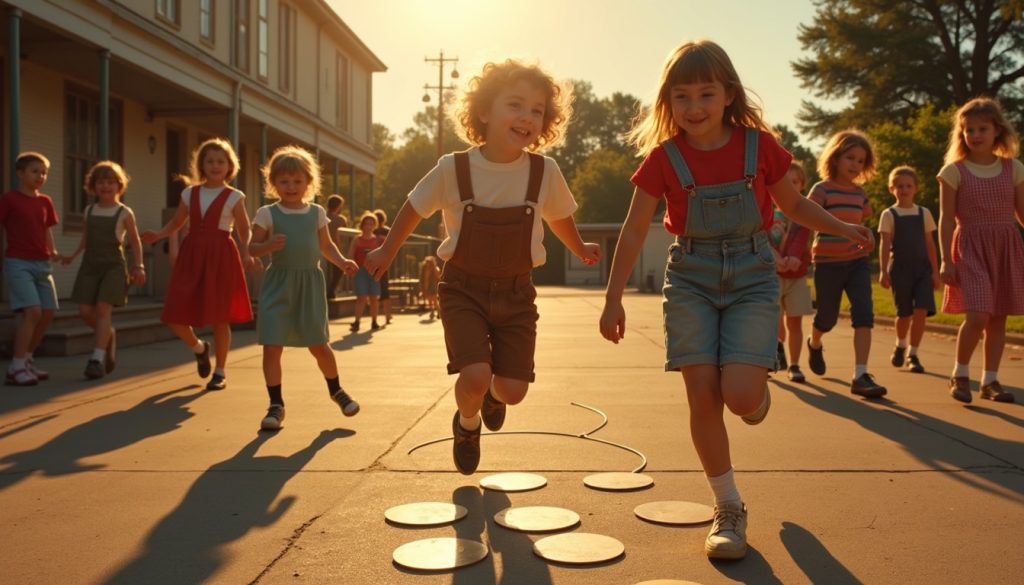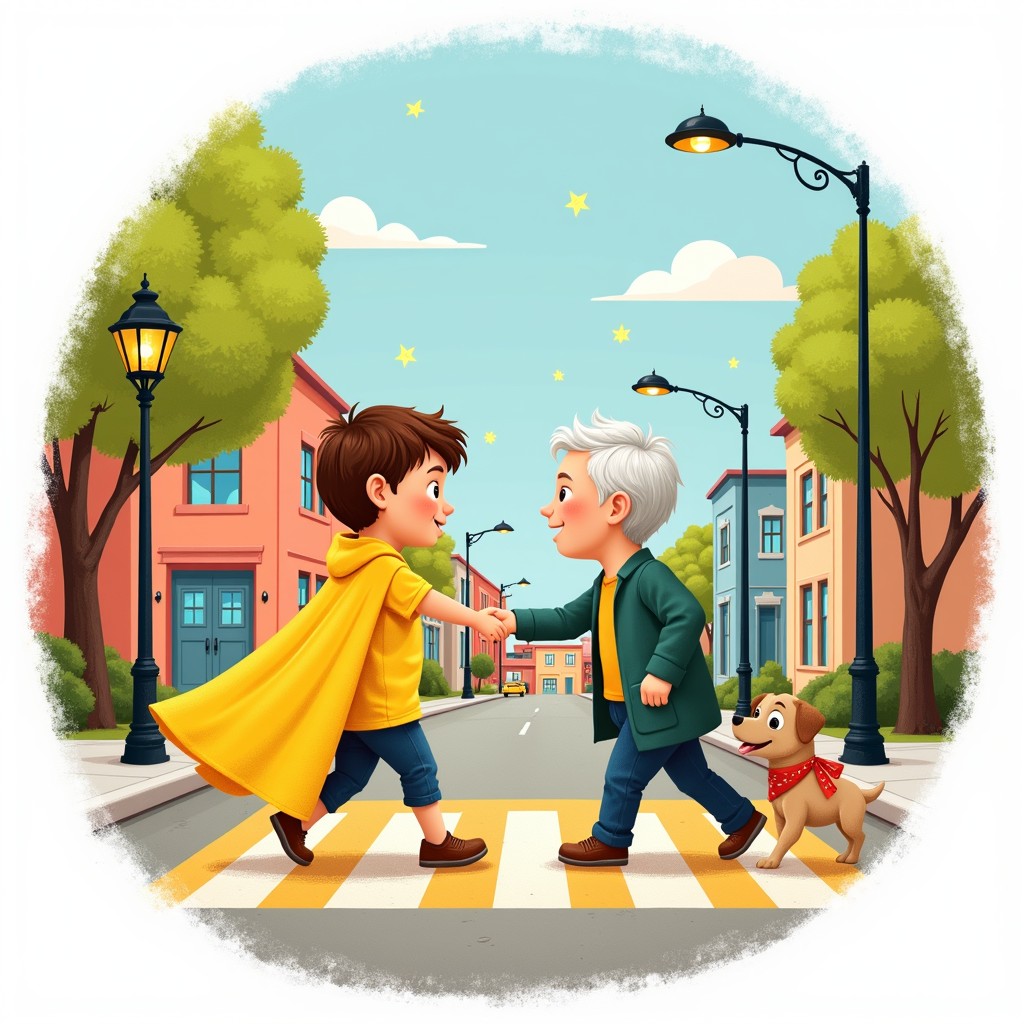
The Childhood Friend Complex : Why We Can’t Let Go
Childhood Friend Complex, In 2025, nostalgia hits harder than ever. With social media constantly resurfacing old memories and AI restoring childhood photos in HD, many of us find ourselves stuck in the past—especially when it comes to that one childhood friend we can’t forget. Psychologists call it the “Childhood Friend Complex”—a mix of nostalgia, unresolved emotions, and the fantasy of “what could have been.” But why does this phenomenon feel so intense now? And is reconnecting with an old friend as magical as we imagine? Why the Childhood Friend Complex is Stronger Than Ever 1. Social Media’s Memory Algorithms Platforms like Instagram and Facebook have upgraded their “On This Day” features, using AI to dig up decade-old posts, tagged photos, and forgotten conversations. Seeing your childhood best friend’s face pop up unexpectedly triggers a wave of nostalgia—and sometimes, regret. 2. The Rise of Digital Reunions Thanks to apps like “Reconnect” (launched in 2024), people can now trace old friends using school records, location data, and even gaming usernames. While some reunions are heartwarming, others lead to awkward encounters where reality doesn’t match the fantasy. 3. The Loneliness Epidemic Studies show that Gen Z and Millennials are lonelier than ever. In a world of shallow online connections, the idea of a pure, unconditional childhood bond feels like a lost treasure. We romanticize the past because today’s friendships often lack that depth. The Dark Side of Rekindling Childhood Friendships Not every reunion has a fairytale ending. Therapists in 2025 report a surge in patients struggling with: The “Time Capsule Effect” – Expecting your friend to be the same as they were at 12, only to realize you’ve both changed. Unreciprocated Feelings – One person may have held onto the friendship more intensely than the other. Digital Ghosting – After an emotional reunion, some childhood friends fade back into obscurity, leaving deeper wounds than before. Should You Reach Out? Before sliding into that decade-old DM, ask yourself: Are you longing for the person or the memory? Would reconnecting add value to your present life, or are you escaping current loneliness? Are you prepared for the possibility that they might not care as much as you do? If you do reach out, keep expectations low. Some childhood friends are meant to stay in the past—and that’s okay. Final Thought The Childhood Friend Complex isn’t just about missing someone—it’s about missing a version of yourself that existed when life felt simpler. In 2025, where everything moves fast, it’s no wonder we cling to the friendships that once made us feel safe. But maybe, instead of chasing the past, the real healing begins when we learn to cherish the memory without letting it haunt us. What’s your take? Have you ever reconnected with a childhood friend—was it everything you hoped for, or a reality check? Share your stories below.









